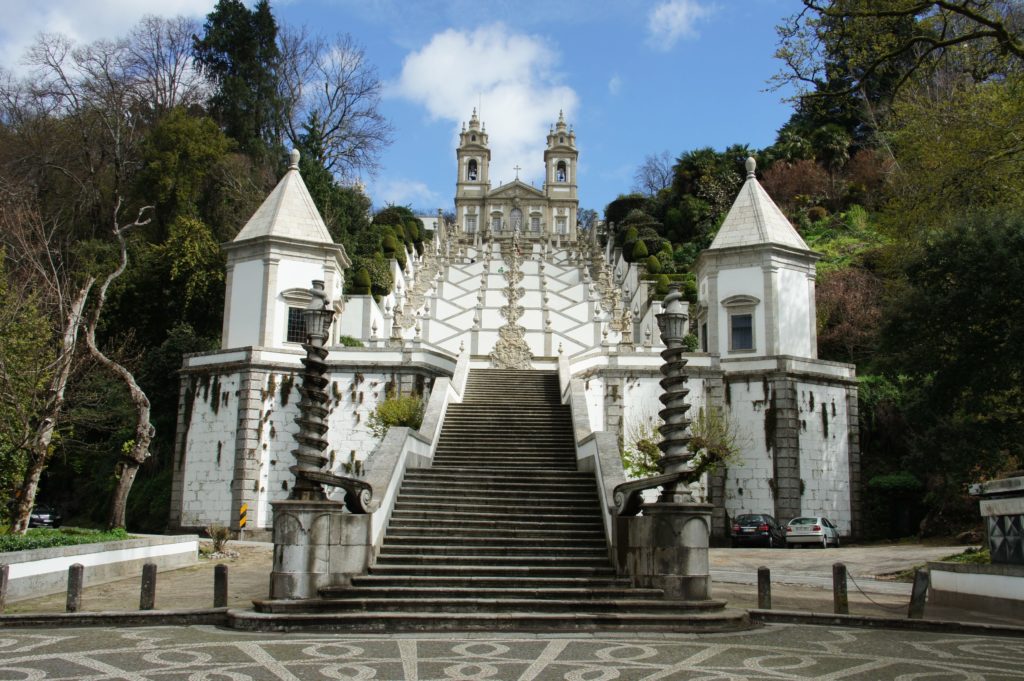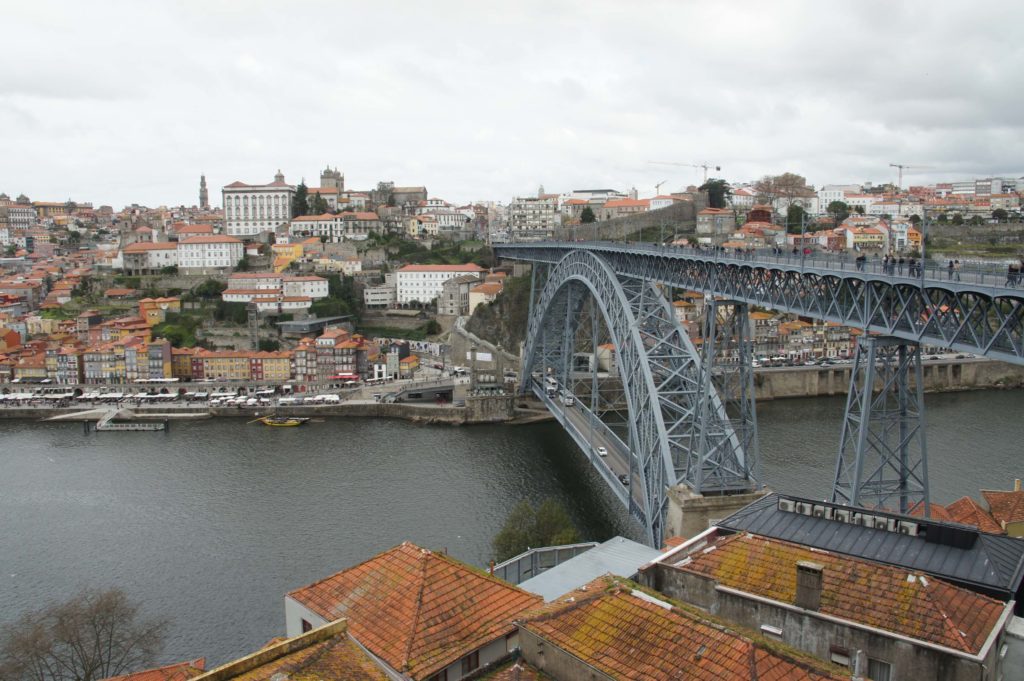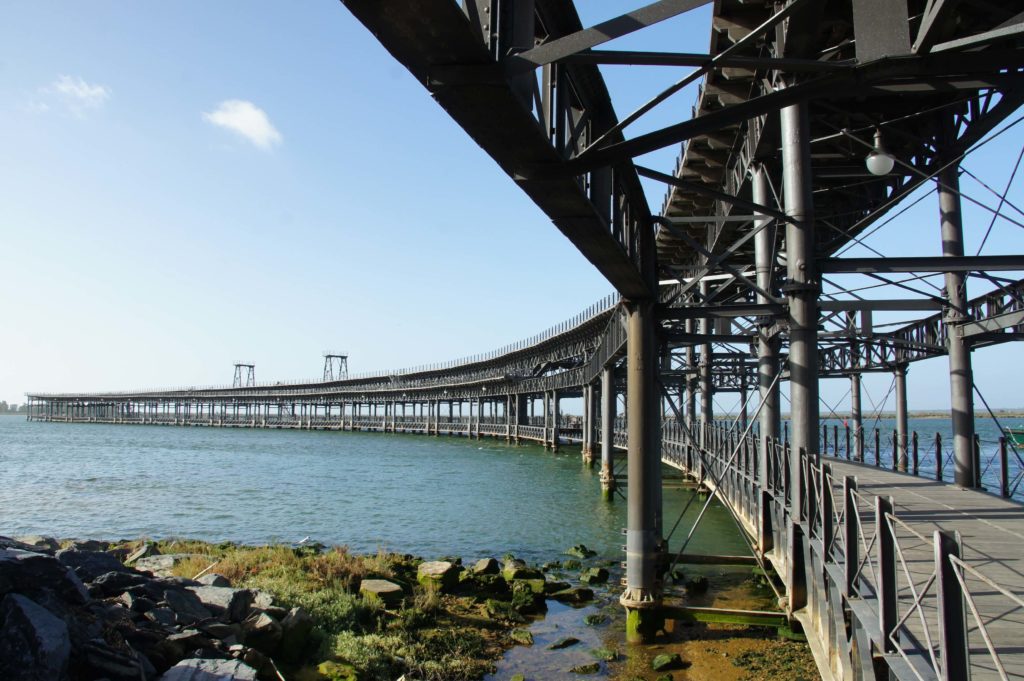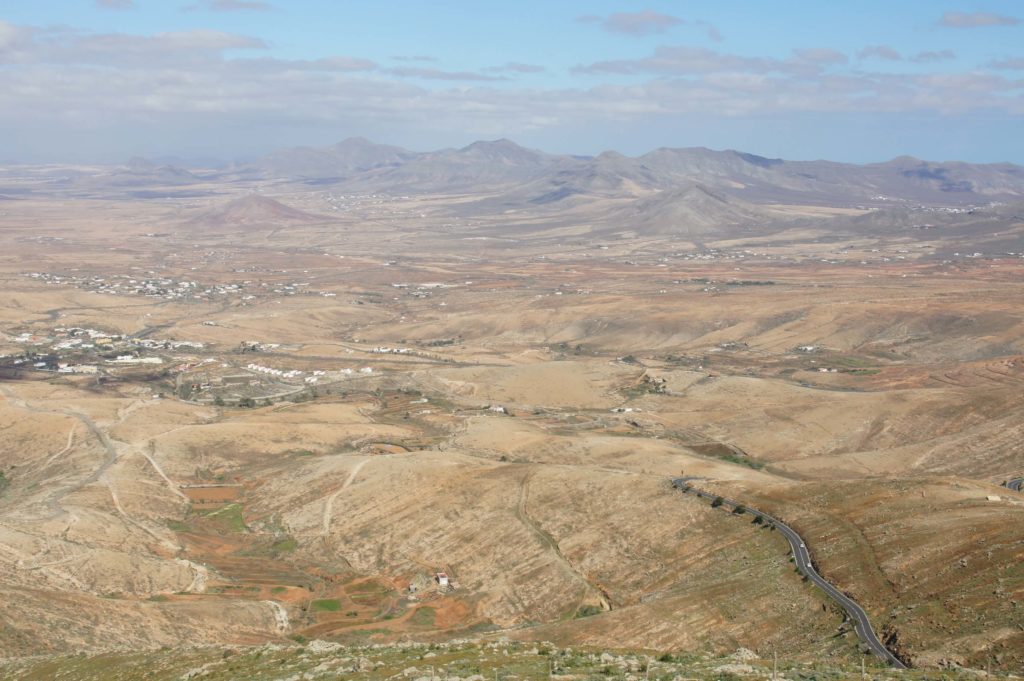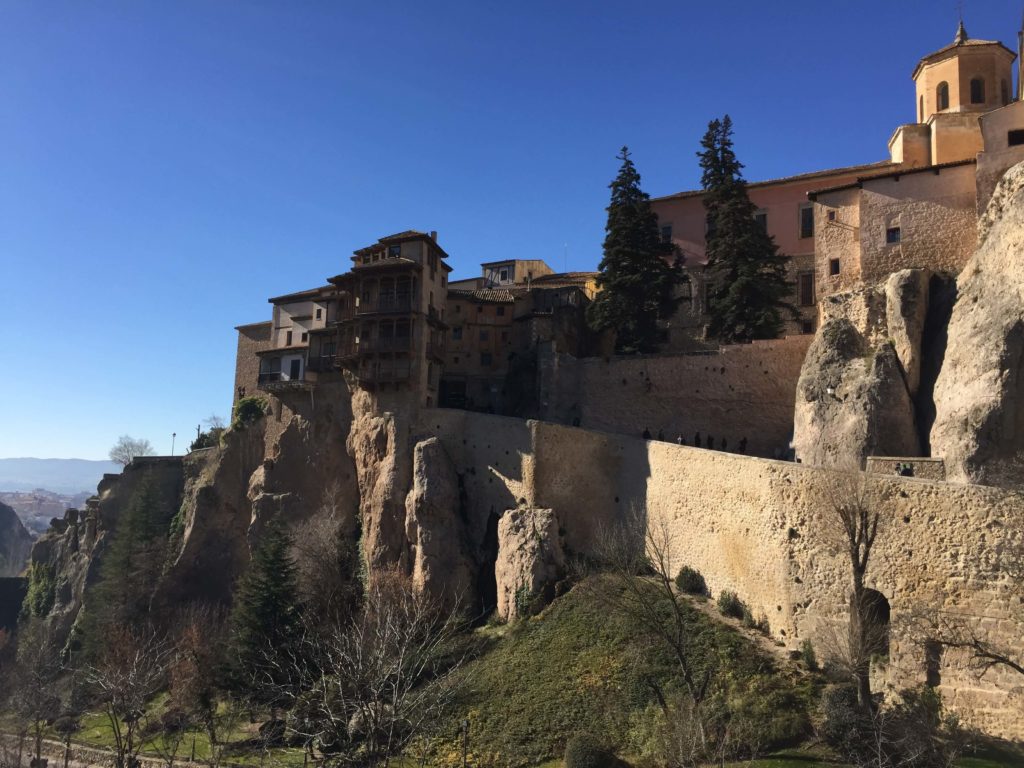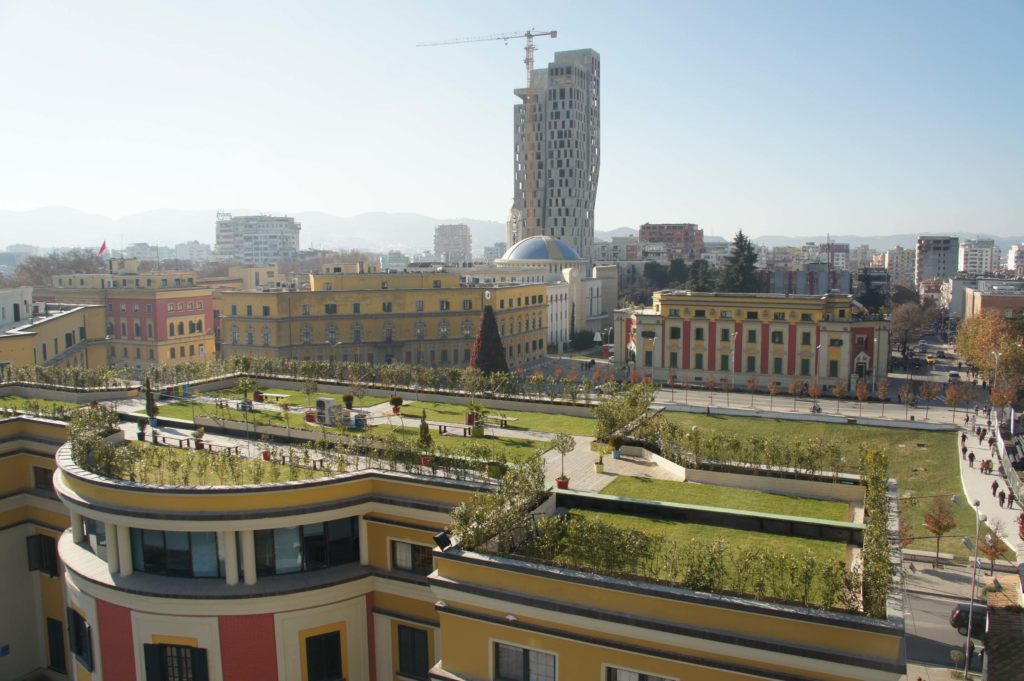Badajoz – Spain
Former capital of the small Muslim kingdom Taifa of Baṭalyaws
Double the excitement for visiting a city completely not planned in the original plans for this weekend that turned out to be totally feasible and in turn, a great surprise for its prettiness, yet small, historic centre. We arrived quite late, that was our only downside, however still managed to get really nice pictures of most of the city in daylight, and take with us a great load of shopping. Why not to take the chance for getting some nice meat cuts, cheeses and staff I really like and cannot find anywhere else at this quality? Now this was a trip that really paid back well.
Our base was Elvas, merely 10 kilometres west from Badajoz. So while one is the last city of Portugal, the other is the first city in Spain (border-wise talking here). And because we perhaps planned too much time for Elvas while in reality it is a very small city, I strongly recommend if you fall in the same situation to plan beforehand the day to include both Elvas and Badajoz. Certainly we could have been more time in Badajoz, but as this was just planned on the go, never checked pictures of the city, nor a map nor nothing before coming, we did not know that in reality there are a lot of sights to enjoy, but as suggested before, this is a city where a full day can definitely be too much as well.
There are two well different areas in the city, one, the traditional old town around the old Moorish citadel, the Alcazaba and the perimeter walls and bastions surrounding it, and the newer city outside of the walls, and across the Guadiana River. The way we drove in from Elvas, meant we came directly towards the north bank of the river where we saw the most picturesque image of the city. Without any doubt it’s the most beautiful skyline view, with the Alcazaba in the foreground and the towering old walls across the crystal clear waters of the Guadiana river with the historic Palma Bridge. Only for this view the trip is already worth it. (more…)

